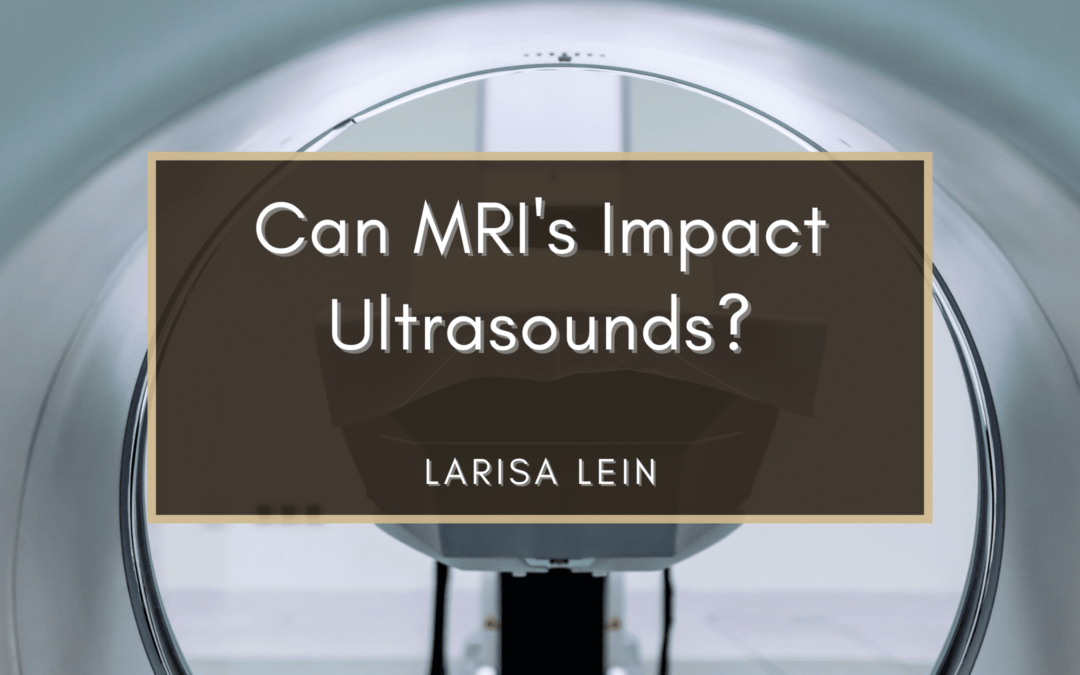As it turns out, MRI can have a significant effect on focused ultrasound technology. It’s not just because of the magnetic field which affects things like MRIs and other medical devices. An MRI’s electromagnetic field can disrupt the high-frequency sound waves that are used for focused ultrasound. This is why it has become important to consider the type of material that is being scanned when performing surgery or any other procedure in an MRI room.
Modern MRI machines produce a strong magnetic field, which can cause artifacts (reflections) in the images. These artifacts appear as ghostly echoes around the object being imaged and can hinder physicians from making an accurate diagnosis. For example, metal implants such as pacemakers or surgical clips cannot be seen clearly with certain imaging devices because of these artifacts.
To avoid these problems, physicians often take special precautions to avoid introducing artifacts in the images. For example, they may position external medical devices away from the MRI machine or remove them entirely. However, sometimes it is not possible or practical to position implants outside of the imaging area; then, doctors must try to shield implants with ferromagnetic shielding.
The ferromagnetic material absorbs the magnetic field of the MRI, which suppresses the artifact. MRI machines work by using extremely strong magnets to produce an electromagnetic field. When these electromagnetic fields interact with metal implants or surgical clips, they create artifacts that show up on an MRI image as ghost images around the implant or surgical clip, making it difficult to see clearly or make a proper diagnosis.
Especially when using a focused ultrasound machine with the MRI, metal implants can affect the picture. In this case, ferromagnetic shielding often is installed next to the patient’s head for better imaging of the brain and blood vessels, thus allowing physicians to more accurately diagnose, treat and monitor neurological disorders.
Due to the frequency of ultrasound sound waves, they are not as affected by this interaction with metal implants or surgical clips. When both MRI and focused ultrasound machines are used in close proximity, the sound waves from the ultrasound machine can be amplified because there is no interference. As long as the ultrasound machine is placed on top of the ferromagnetic material, it can still be used with an MRI to help guide surgery or other procedures.
In conclusion, MRI can affect ultrasound technology. The high-frequency sound waves produced by the ultrasound devices are disrupted by the MRI’s electromagnetic field – which is why it has become important to take into account the type of material that is being scanned when performing surgery or any other procedure in an MRI room. Metal implants can affect an MRI’s image and even interfere with the ultrasound machine’s sound waves.

